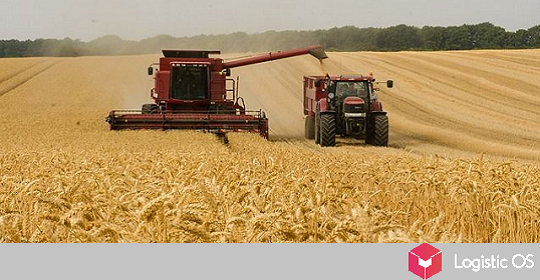Traffic jams on the border between Belarus and the EU are not uncommon.
However, what began last weekend amazes even seasoned truckers with its sheer scale.
Currently, over 2000 trucks have accumulated on the border of Belarus and the European Union. About half want to enter Lithuania, 400 cars each — to Latvia and Poland.
The cork started growing a few days ago. One of the reasons drivers say is the update of databases at the Belarusian customs, which fell on October 8 and 9.
However, the main problem is that the Lithuanian border guards are in no hurry to accept the trucks.
This also took place when the Belarusian border guards worked several times faster and completed documents in 40 minutes instead of 5-6 hours. It’s hard to even imagine what is going on at the present time.
At the same time, as truckers say, it is useless and even harmful to complain about such work of Lithuanian customs officers.
One driver complained and was simply given an additional search, which took even longer.
What’s the solution?
Some truck drivers see it in crossing the Belarusian-Polish border first, and then entering Lithuania.
After all, there are no such traffic jams on the Polish direction. Despite the fact that the new e-TOLL toll system has recently been introduced there, it does not create such large delays in traffic as the Lithuanian border guards.
On the Belarusian side, some measures are being taken.
For example, additional shifts of customs officers are sent to the border. But this does not help much, because the main problems are on the receiving side.
A number of drivers prudently leave a couple of days earlier. But the trouble is that this does not always save!
P The distance of 2.5 kilometers can be covered in only 2 days. And traffic jams stretch up to 6 km.
At the same time, drivers do not have the right to constantly be behind the wheel, they are obliged to observe a sleep and rest regime. So it’s worth adding another 8-9 hour periods when traffic is not moving at all.
In general, the problem can be called a systemic one.
As the head of the Lithuanian National Association of Road Carriers Linara Zenonas Buividas noted, the Lithuanian authorities have not been able to cope with the problem of traffic jams at the border for more than 30 years.
Many truck drivers, setting off on the road, prepare mentally for the fact that they can arrive at the place only in a couple of weeks.
And they are no longer asking to be allowed through faster, but at least to provide parking and minimal amenities in the area of eternal traffic jams. Indeed, very often there is nothing nearby but a forest.

